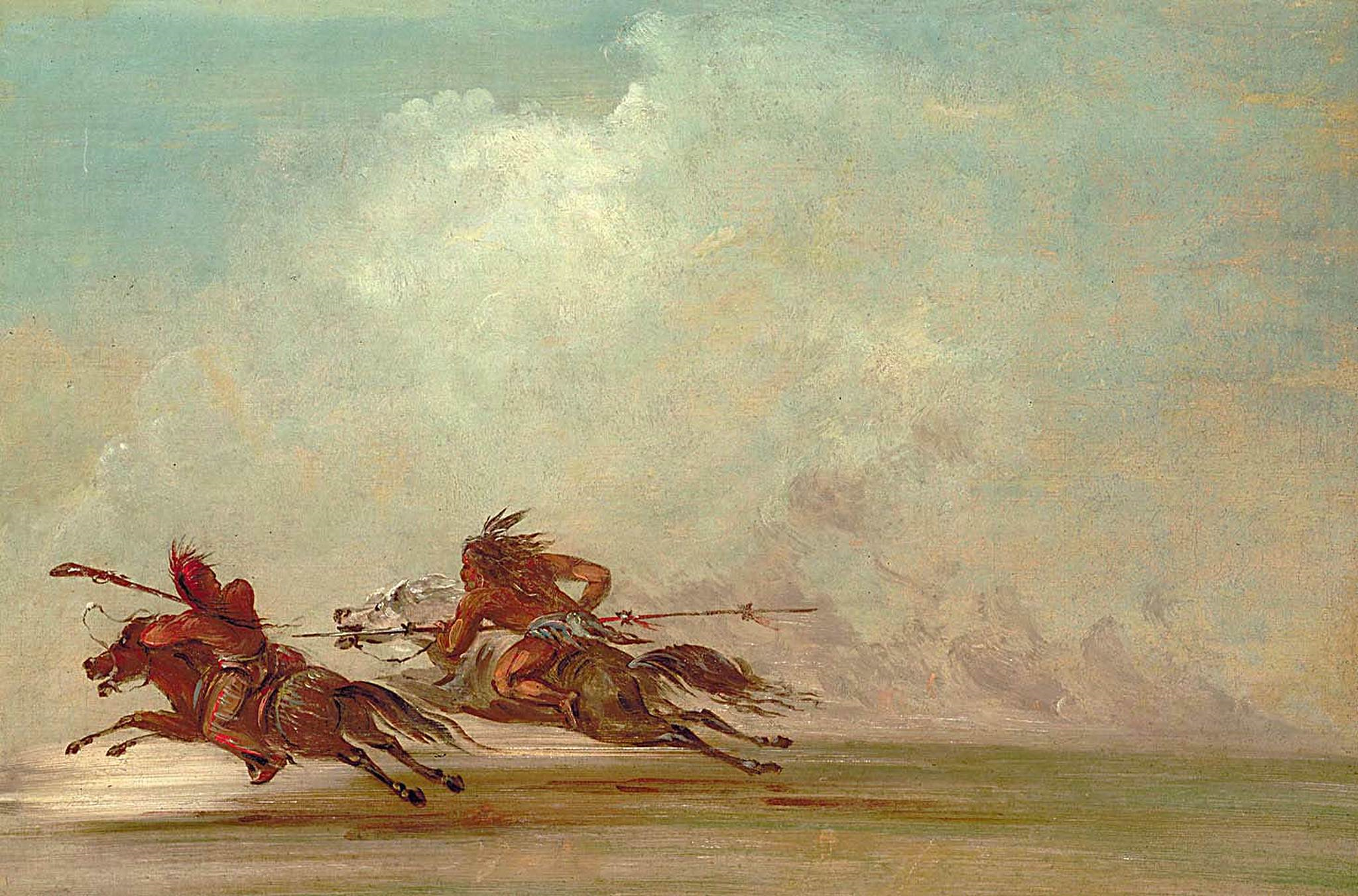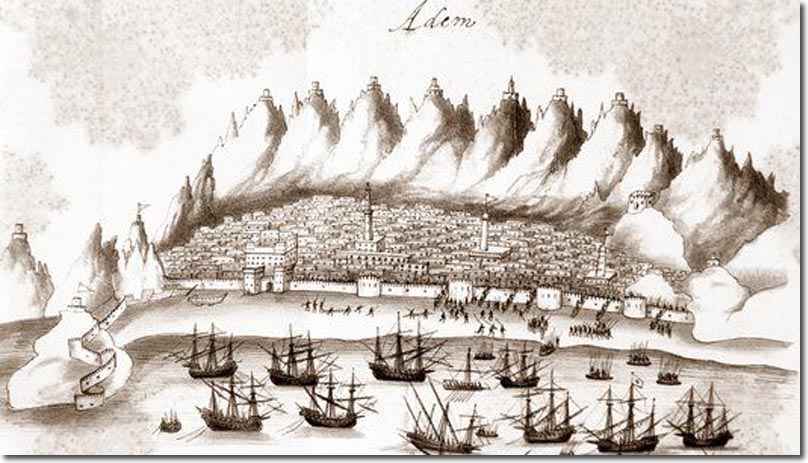|
Radfan Hills
Radfan or the Radfan Hills is a region of the Republic of Yemen. In the 1960s, the area was part of a British Empire, British protectorate of Dhala (a member of the Federation of South Arabia) and was the site of intense fighting during the Aden Emergency. In 1964, local Qutaibi tribespeople attacked the British on the Aden to Mecca Caravan (travellers), caravan route which passed through the nearby town Ad Dali', Dhala (Ad Dali'). The tribespeople had traditionally collected tolls from passing caravans, but the implementation of the customs union of the Federation of South Arabia in 1962 put a stop to this. The tribespeople resented the loss of this income. The highest peak is Jebel Huriyah at 1867 m (6125 ft). External links"Radfan" page at ''The History of British Military Conflicts since 1945''Unavailable 5 August 2018."Tracking the 'Red Wolves of Radfan': from 1964 through 1967" Unavailable 5 August 2018. Regions of Yemen {{MEast-hist-stub ... [...More Info...] [...Related Items...] OR: [Wikipedia] [Google] [Baidu] |
Yemen
Yemen, officially the Republic of Yemen, is a country in West Asia. Located in South Arabia, southern Arabia, it borders Saudi Arabia to Saudi Arabia–Yemen border, the north, Oman to Oman–Yemen border, the northeast, the south-eastern part of the Arabian Sea to the east, the Gulf of Aden to the south, and the Red Sea to the west, sharing maritime boundary, maritime borders with Djibouti, Eritrea, and Somalia across the Horn of Africa. Covering roughly 455,503 square kilometres (175,871 square miles), with a coastline of approximately , Yemen is the second largest country on the Arabian Peninsula. Sanaa is its constitutional capital and largest city. Yemen's estimated population is 34.7 million, mostly Arabs, Arab Muslims. It is a member of the Arab League, the United Nations, the Non-Aligned Movement and the Organisation of Islamic Cooperation. Owing to its geographic location, Yemen has been at the crossroads of many civilisations for over 7,000 years. In 1200 BCE, the Sab ... [...More Info...] [...Related Items...] OR: [Wikipedia] [Google] [Baidu] |
British Empire
The British Empire comprised the dominions, Crown colony, colonies, protectorates, League of Nations mandate, mandates, and other Dependent territory, territories ruled or administered by the United Kingdom and its predecessor states. It began with the English overseas possessions, overseas possessions and trading posts established by Kingdom of England, England in the late 16th and early 17th centuries, and colonisation attempts by Kingdom of Scotland, Scotland during the 17th century. At its height in the 19th and early 20th centuries, it became the List of largest empires, largest empire in history and, for a century, was the foremost global power. By 1913, the British Empire held sway over 412 million people, of the world population at the time, and by 1920, it covered , of the Earth's total land area. As a result, Westminster system, its constitutional, Common law, legal, English language, linguistic, and Culture of the United Kingdom, cultural legacy is widespread. ... [...More Info...] [...Related Items...] OR: [Wikipedia] [Google] [Baidu] |
Protectorate
A protectorate, in the context of international relations, is a State (polity), state that is under protection by another state for defence against aggression and other violations of law. It is a dependent territory that enjoys autonomy over most of its internal affairs, while still recognizing the suzerainty of a more powerful sovereign state without being a possession. In exchange, the protectorate usually accepts specified obligations depending on the terms of their arrangement. Usually protectorates are established de jure by a treaty. Under certain conditions—as with History of Egypt under the British#Veiled Protectorate (1882–1913), Egypt under British rule (1882–1914)—a state can also be labelled as a de facto protectorate or a veiled protectorate. A protectorate is different from a colony as it has local rulers, is not directly possessed, and rarely experiences colonization by the suzerain state. A state that is under the protection of another state while retai ... [...More Info...] [...Related Items...] OR: [Wikipedia] [Google] [Baidu] |
Dhala
Dhale or Dhala, also spelled Dali and Dhalea and sometimes prefixed with Al or Ad (), is the capital town of Dhale Governorate in south-western Yemen. It is located at around , at an elevation of around 1500 metres. History Formerly it was the capital of the Emirate of Dhala. Climate Dhale has an altitude-moderated hot semi-arid climate (Köppen ''BSh'') bordering upon the hot arid climate (''BWh'') found in most of the Arabian Peninsula. Afternoon weather ranges from very warm in winter to hot in summer, whilst mornings range from cool in winter to warm in summer. Rainfall averages around per year, of which over half occurs in July and August alone due to the influence of the northern edge of the monsoon. Economy Historically, the Jewish community produced cotton Cotton (), first recorded in ancient India, is a soft, fluffy staple fiber that grows in a boll, or protective case, around the seeds of the cotton plants of the genus '' Gossypium'' in the mallow family Ma ... [...More Info...] [...Related Items...] OR: [Wikipedia] [Google] [Baidu] |
Federation Of South Arabia
The Federation of South Arabia (FSA; ') was a federal state under British protectorate, British protection in what would become South Yemen. Its capital was Aden. History Originally formed on April 4, 1962 from 15 states of the Federation of the Emirates of South Arabia, Federation of Arab Emirates of the South. On January 18, 1963, the Aden Colony, Royal Colony of Aden joined it. After the annexation of the Upper Aulaqi Sultanate, Upper Aulaki Sultanate in June 1964, the federation included 17 states. On July 23, 1962, negotiations began in London between the British Minister of Colonies, Duncan Sandys, and the ministers of the Federation of South Arabia and the Colony of Aden. The parties raised the issue of the constitutional status of Aden and the conditions for its entry into the federation. Numerous parties and organizations in Aden protested against these negotiations, declaring that the colonial ministers did not have the right to decide the fate of the population ... [...More Info...] [...Related Items...] OR: [Wikipedia] [Google] [Baidu] |
Aden Emergency
The Aden Emergency, also known as the 14 October Revolution () or as the Radfan Uprising, was an armed rebellion by the National Liberation Front (South Yemen), National Liberation Front (NLF) and the Front for the Liberation of Occupied South Yemen, Front for the Liberation of Occupied South Yemen (FLOSY) against the Federation of South Arabia, a British Protectorate of the United Kingdom, which led to the proclamation of the People's Republic of South Yemen. Partly inspired by Gamal Abdel Nasser's Pan-Arabism, pan-Arab nationalism, it began on 14 October 1963 with the throwing of a grenade at a gathering of British officials at RAF Khormaksar, Aden Airport. A state of emergency was then declared in the British Crown colony of Colony of Aden, Aden and its hinterland, the Aden Protectorate. The emergency escalated in 1967 and hastened the end of British rule in the territory which had begun in 1839. Background In 1838, Muhsin Bin Fadl, Sultan of Sultanate of Lahej, Lahej ceded ... [...More Info...] [...Related Items...] OR: [Wikipedia] [Google] [Baidu] |
Qutaibi
Qutaibi ( ') or the Qutaibi Sheikhdom ( ') was a polity in the western Aden Protectorate, a dependency of the Emirate of Dhala and now part of the Republic of Yemen. In 1964, during the Aden Emergency, its tribesmen attacked British Empire The British Empire comprised the dominions, Crown colony, colonies, protectorates, League of Nations mandate, mandates, and other Dependent territory, territories ruled or administered by the United Kingdom and its predecessor states. It bega ... troops in the Radfan Hills area and became known as the "Red Wolves" for their combat ferocity. External links"Tracking the 'Red Wolves of Radfan': from 1964 through 1967" [...More Info...] [...Related Items...] OR: [Wikipedia] [Google] [Baidu] |
Tribe
The term tribe is used in many different contexts to refer to a category of human social group. The predominant worldwide use of the term in English is in the discipline of anthropology. The definition is contested, in part due to conflicting theoretical understandings of social and kinship structures, and also reflecting the problematic application of this concept to extremely diverse human societies. Its concept is often contrasted by anthropologists with other social and kinship groups, being hierarchically larger than a lineage or clan, but smaller than a chiefdom, ethnicity, nation or state. These terms are similarly disputed. In some cases tribes have legal recognition and some degree of political autonomy from national or federal government, but this legalistic usage of the term may conflict with anthropological definitions. In the United States (US), Native American tribes are legally considered to have "domestic dependent nation" status within the territorial ... [...More Info...] [...Related Items...] OR: [Wikipedia] [Google] [Baidu] |
Aden
Aden () is a port city located in Yemen in the southern part of the Arabian peninsula, on the north coast of the Gulf of Aden, positioned near the eastern approach to the Red Sea. It is situated approximately 170 km (110 mi) east of the Bab-el-Mandeb strait. With its strategic location on the coastline, Aden serves as a gateway between the Red Sea and the Arabian Sea, making it a crucial maritime hub connecting Africa, Asia, and the Middle East. As of 2023, Aden city has a population of approximately 1,080,000 residents, making it one of the largest cities in Yemen. Aden is the capital and principal part of Aden Governorate, encompassing eight districts. During the colonial period, the name ''Aden'' referred to the area along the north coast of the gulf, encompassing Tawahi (Aden), Tawahi, Mualla, Crater (Aden), Crater, and much of Khor Maksar district. The western harbour peninsula, known as ''Little Aden'', now falls within the Al Buraiqeh district, Al Buraiqeh distr ... [...More Info...] [...Related Items...] OR: [Wikipedia] [Google] [Baidu] |
Mecca
Mecca, officially Makkah al-Mukarramah, is the capital of Mecca Province in the Hejaz region of western Saudi Arabia; it is the Holiest sites in Islam, holiest city in Islam. It is inland from Jeddah on the Red Sea, in a narrow valley above sea level. Its metropolitan population in 2022 was 2.4million, making it the List of cities in Saudi Arabia by population, third-most populated city in Saudi Arabia after Riyadh and Jeddah. Around 44.5% of the population are Saudis, Saudi citizens and around 55.5% are Muslim world, Muslim foreigners from other countries. Pilgrims more than triple the population number every year during the Pilgrimage#Islam, pilgrimage, observed in the twelfth Islamic calendar, Hijri month of . With over 10.8 million international visitors in 2023, Mecca was one of the ten List of cities by international visitors, most visited cities in the world. Mecca is generally considered "the fountainhead and cradle of Islam". Mecca is revered in Islam as the birthp ... [...More Info...] [...Related Items...] OR: [Wikipedia] [Google] [Baidu] |
Caravan (travellers)
A caravan (from Persian ) is a group of people traveling together, often on a trade expedition. Caravans were used mainly in desert areas and throughout the Silk Road, where traveling in groups helped in defense against bandits as well as in improving economies of scale in trade. Description Historically, caravans connecting East Asia and Europe often carried luxurious and lucrative goods, such as silks or jewelry. Caravans could therefore require considerable investment and were a lucrative target for bandits. The profits from a successful journey could be significant, comparable to those generated by later European spice trade. The luxurious goods brought by caravans attracted many rulers along important trade routes to construct caravanserais. These were roadside stations which supported the flow of commerce, information, and people across the network of trade routes covering Asia, North Africa, and southeastern Europe, and in particular along the Silk Road. Caravanserais p ... [...More Info...] [...Related Items...] OR: [Wikipedia] [Google] [Baidu] |







